After nearly a decade of designing, building, and testing, The Artemis 1 Mission is now ready to launch. NASA is currently targeting Monday, August 29, 2022, as the first liftoff date. September 2 and 5 are available backup dates if the launch needs to be rescheduled. Named for the sister of Apollo in Greek mythology, the Artemis Program seeks to eventually return astronauts to the Moon for the first time since Apollo 17 in December 1972.
The Artemis 1 Mission will be an uncrewed test flight to the Moon and back that will last approximately 42 days. The primary objectives of the flight are to demonstrate the Orion spacecraft’s heat shield at lunar return re-entry conditions, demonstrate operations and facilities during all mission phases, and retrieve the spacecraft after splashdown.

Orion will launch on the Space Launch System (SLS), the most powerful rocket in the world. Development on the SLS rocket began in 2011. The SLS uses four RS-25 engines previously flown on Space Shuttle missions. The propellants used are liquid hydrogen and liquid oxygen. These engines, along with two solid rocket boosters, will generate 8.8 million pounds of thrust during liftoff.

The Orion Spacecraft will travel 280,000 miles from Earth and fly farther than any spacecraft built for humans has ever flown. Orion will fly about 62 miles above the surface of the Moon, and then use the Moon’s gravitational force to propel the spacecraft into a new deep retrograde, or opposite, orbit about 40,000 miles from the Moon. Orion will remain in that orbit for about six days to collect data and allow mission controllers to monitor the performance of the spacecraft. A space suited manikin named Commander “Moonikin Campos” during a public contest, will occupy the commander’s seat inside Orion to provide data on what future crew members may experience in flight.


The Orion Spacecraft will use its service module propulsion engine to break free of Lunar orbit and head back to Earth. The mission will end with a test of Orion’s capability to return safely to the Earth. The spacecraft will enter Earth’s atmosphere traveling at 25,000 miles per hour. This speed will produce temperatures of approximately 5,000 degrees Fahrenheit on Orion’s heatshield. The spacecraft will make a precision splashdown using parachutes within eyesight of the recovery ship off the coast of Baja, California.

Artemis 1 is only the first step in returning astronauts to the Moon. If everything goes as planned, a crew of up to four astronauts will orbit the Moon in 2024 on the Artemis 2 mission. This will be like the Apollo 8 mission that was the first to orbit astronauts around the Moon in December 1968. If Artemis 2 is successful, it will pave the way for astronauts to land and walk on the lunar surface once again before the end of this decade.



